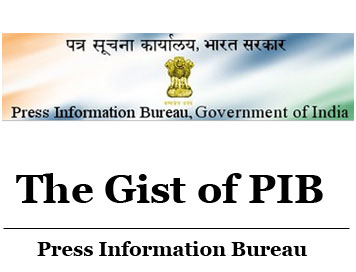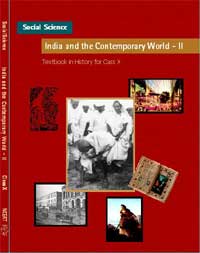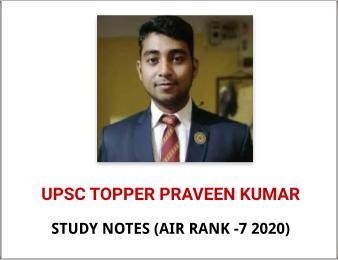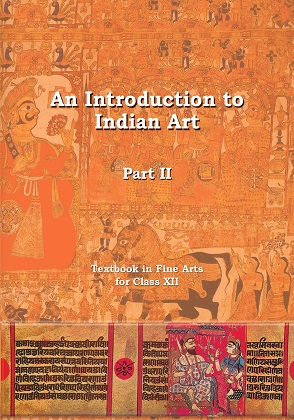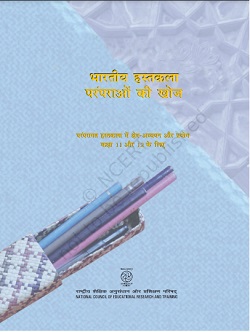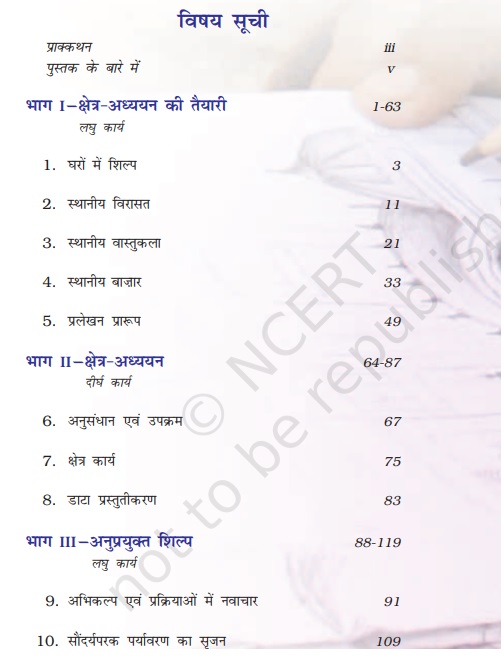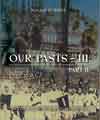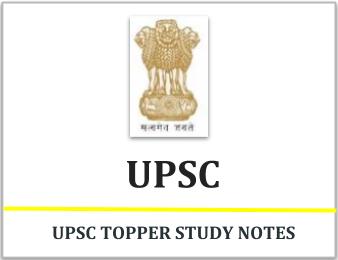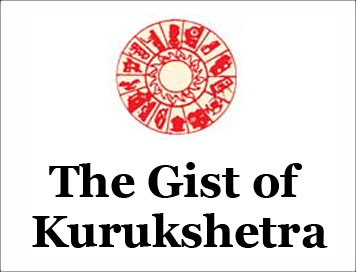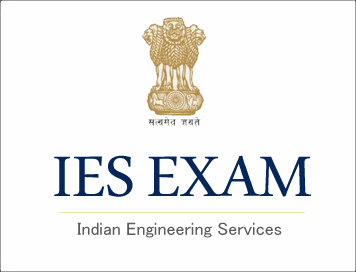
(Notification) UPSC IES, Engineering Services Examination, 2022
No.F. 2/2/2021‐E.I(B): Preliminary/Stage‐I Examination of the Engineering Services Examination for recruitment to the services/ posts mentioned in para 2 below will be held by the Union Public Service Commission on 20th February, 2022 in accordance with the Rules published by Ministry of Railways in the Gazette of India Extraordinary dated 22nd September, 2021.
CATEGORY I—CIVIL ENGINEERING
Group‐A Services/Posts
(i) Central Engineering Service
(ii) Central Engineering Service (Roads), Group‐A (Civil Engineering Posts).
(iii) Survey of India Group ‘A’ Service.
(iv) *AEE(Civil) in Border Road Engineering Service.
(v) Indian Defence Service of Engineers.
(vi) AEE(QS&C) in MES Surveyor Cadre.
(vii) Central Water Engineering (Group ‘A’) Service.
(viii) Indian Skill Development Service
CATEGORY II—MECHANICAL ENGINEERING
Group‐A/B Services/Posts
(i) AEE in GSI Engineering Service Gr ‘A’.
(ii) Indian Defence Service of Engineers.
(iii) Indian Naval Armament Service (Mechanical Engineering Posts).
(iv) Indian Naval Material Management Service (Mechanical Engineering Posts)
(v) Central Water Engineering (Group ‘A’) Service.
(vi) Indian Skill Development Service.
(vii) Defence Aeronautical Quality Assurance Services/SSO‐II (Mechanical).
(viii) Central Electrical and Mechanical Engineering Service (Mechanical Engg.)
(ix) Central Power Engineering Service Gr ‘A’ (Mechanical Engineering Posts).
(x) *AEE (Electrical and Mechanical) in Border Roads Engineering Service (Mechanical Engineering Posts)
CATEGORY III—ELECTRICAL ENGINEERING
Group‐A/B Services/Posts
(i) Central Electrical & Mechanical Engineering Service (Electrical Engineering Posts).
(ii) Indian Defence Service of Engineers.
(iii) Indian Naval Material Management Service (Electrical Engineering Posts)
(iv) Central Power Engineering Service Gr ‘A’ (Electrical Engineering Posts).
(v) Indian Naval Armament Service (Electrical Engineering Posts)
(vi) Defence Aeronautical Quality Assurance Service/SSO‐II (Electrical).
(vii) Indian Skill Development Service
CATEGORY IV—ELECTRONICS AND TELECOMMUNICATION ENGINEERING
Group‐A/B Services/Posts
(i) Indian Radio Regulatory Service Gr ‘A’.
(ii) Indian Telecommunication Service Gr ‘A’.
(iii) Indian Naval Armament Service (Electronics and Telecom Engineering Posts).
(iv) Indian Naval Material Management Service (Electronics and Telecom Engineering Posts)
(v) Junior Telecom Officer Gr ‘B’.
(vi) Defence Aeronautical Quality Assurance Service/SSO‐II (Electronics & Tele).
(vii) Central Power Engineering Gr ‘A’ (Electronics & Telecommunication Engineering Posts).
(viii) Indian Skill Development Service
Educational Qualification:
For admission to the examination, a candidate must have –
For admission to the examination, a candidate must have –
(a) obtained a degree in Engineering from a University incorporated by an Act of the Central or State Legislature in India or other Educational Institutions established by an Act of Parliament or declared to be deemed as Universities under Section 3 of the University Grants Commission Act, 1956; or
(b) passed Sections A and B of the Institution Examinations of the Institution of Engineers (India); or
(c) obtained a degree/diploma in Engineering from such foreign University/College/Institution and under such conditions as may be recognised by the Government for the purpose from time to time, or
(d) passed Graduate Membership Examination of the Institution of Electronics and Telecommunication Engineers (India); or
(e) passed Associate Membership Examination Parts II and III/Sections A and B of the Aeronautical Society of India; or
(f) passed Graduate Membership Examination of the Institution of Electronics and Radio Engineers, London held after November, 1959
Provided that a candidate for the post of Indian Naval Armament Service (Electronics Engineering Posts) and Indian Radio Regulatory Service Group ‘A’ may possess any of the above qualifications or the qualification mentioned below namely:‐
For Indian Naval Armament Service (Electronics Engg. Posts) ‐ M.Sc. degree or its equivalent with Wireless Communication Electronics, Radio Physics or Radio Engineering as a special subject. For Indian Radio Regulatory Service Group ‘A’– M.Sc. degree or its equivalent with Wireless Communication Electronics, Radio Physics or Radio Engineering as a subject or Master’s Degree in Science with Physics and Radio Communication or Electronics or Telecommunication as a special subject.
Plan of Examination:
1. The examination shall be conducted according to the following plan :—
(i) Stage‐I: Engineering Services (Preliminary/Stage‐I) Examination (Objective Type Papers) for the selection of candidates for the Stage‐II: Engineering Services (Main/Stage‐II) Examination;
(ii) Stage‐II: Engineering Services (Main/Stage‐II) Examination (Conventional Type Papers) and
(iii) Stage‐III : Personality Test
Age Limits:
(As on 01/January/2022)
Minimum – 21 Years
Maximum – 30 Years
Medical Examination :
Candidates finally recommended by the Commission on the basis of Engineering Services Examination, 2022 shall be required to undergo medical examination.
(a) Every candidate, on being finally recommended by Commission will be required to undergo medical examination as and when so decided by the Ministry of Railways (Railway Board) irrespective of the fact that he/she has appeared for such medical examination in the past and found fit/unfit on the basis of earlier examination.
(b) The medical examination will be conducted at various Railway Hospitals under Ministry of Railways (Railway Board). Other additional instructions for candidates are listed at Annexure‐II. The findings of the Railways Medical Board will be taken as final and binding for all allotment purposes.
Physical standards :
Candidates must be physically fit according to physical standards for admission to Engineering Services Examination, 2022 as per guidelines given in Appendix‐II of the Rules for the Engineering Services Examination, 2022 published in the Gazette of India Extraordinary dated 22.09.2021.
Application Fee:
Candidates (excepting Female/SC/ST/PwBD who are exempted from payment of fee) are required to pay a fee of Rs. 200/‐ (Rupees T w o hundred only) either by depositing the money in any Branch of SBI by cash or by using net banking facility of State Bank of India or by using any Visa/Master/RuPay Credit/Debit Card.
HOW TO APPLY:
(a) Candidates are required to apply Online using the link www.upsconline.nic.in. Detailed instructions for filling up online applications are available on the above mentioned website.
(b) The applicants are advised to submit only single application; however, if due to any unavoidable situation, if he/she submits another/multiple applications, then he/ she must ensure that application with the higher RID is complete in all respects like applicants' details, examination centre, photograph, signature, fee etc. The applicants who are submitting multiple applications should note that only the applications with higher RID (Registration ID) shall be entertained by the Commission and fee paid against one RID shall not be adjusted against any other RID.
(c) All candidates, whether already in Government Service, or in Government owned industrial undertakings or other similar
organisations or in private employment, should apply online direct to the Commission. Persons, already in Government service whether in a permanent or temporary capacity or as work‐charged employees other than causal or daily rated employees or those serving under public enterprises are, however, required to inform their Head of Office/Department that they have applied for the Examination. Candidates should note that in case communication is received from their employer by the Commission withholding permission to the candidates applying for/appearing at the Examination, their application will be liable to be rejected/ candidature will be liable to be cancelled.
Important Dates:
- Starting Date – 22-September-2021
- Last Date – 12-October-2021 (up to 06:00 PM)
- Last Date of Fee Payment – 12-October-2021 (up to 06:00 PM)
Courtesy: UPSC
Important Links:

